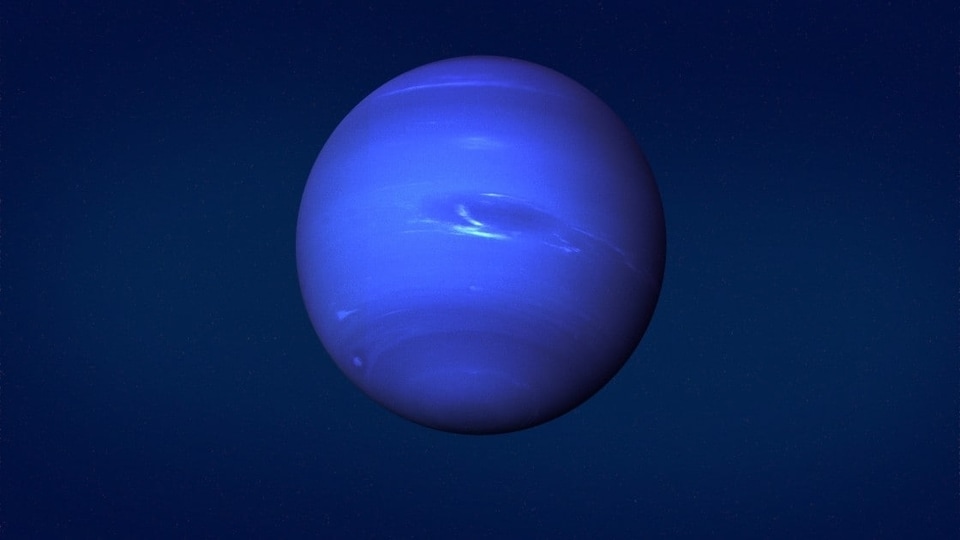JWST captures Neptune rings; NASA shares pics
NASA telescope, the JWST, has captured its first-ever image of Neptune and its rings. NASA shared images on its official Instagram handle. It is the clearest view of this planet’s rings in 33 years. James Webb Space Telescope infrared cameras revealed the ice giant in a completely new light. Heidi Hammel, a Neptune system expert and interdisciplinary scientist for Webb Telescope, in a blog stated, “It has been three decades since we last saw these faint, dusty rings, and this is the first time we’ve seen them in the infrared.” Check out Neptune’s pics captured by NASA here.
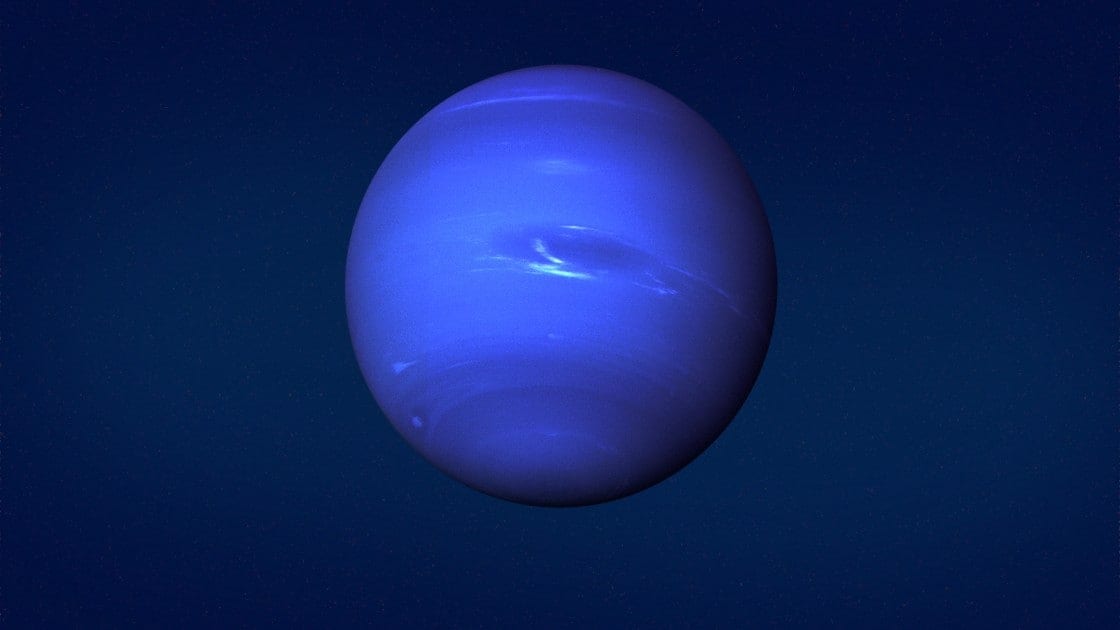
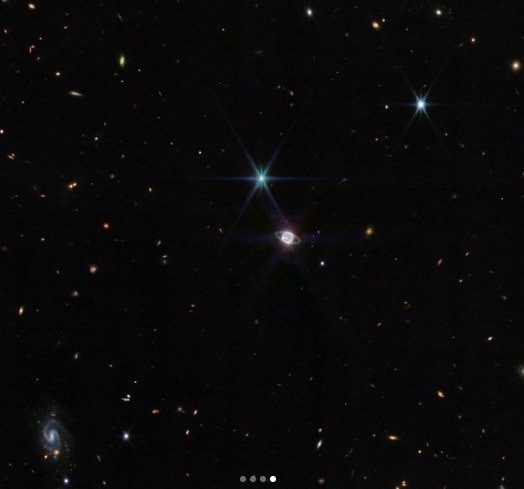

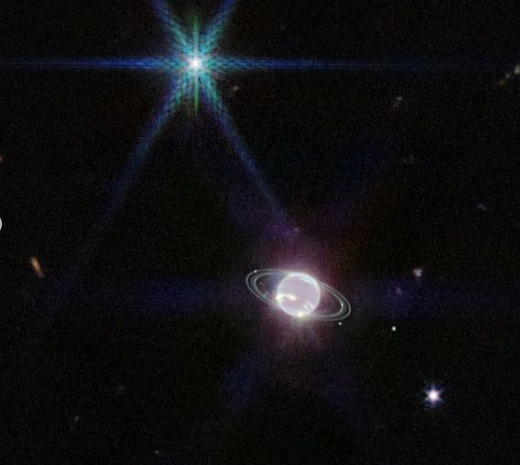

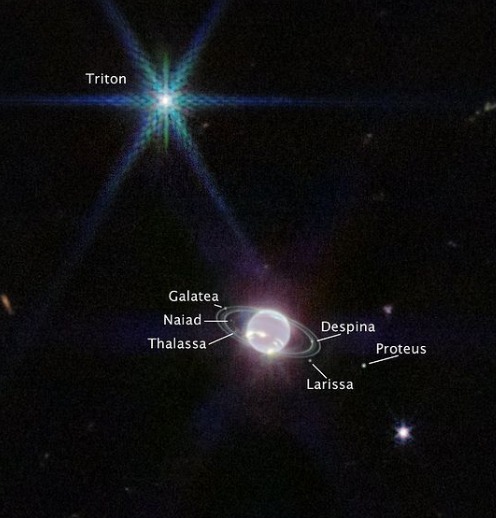

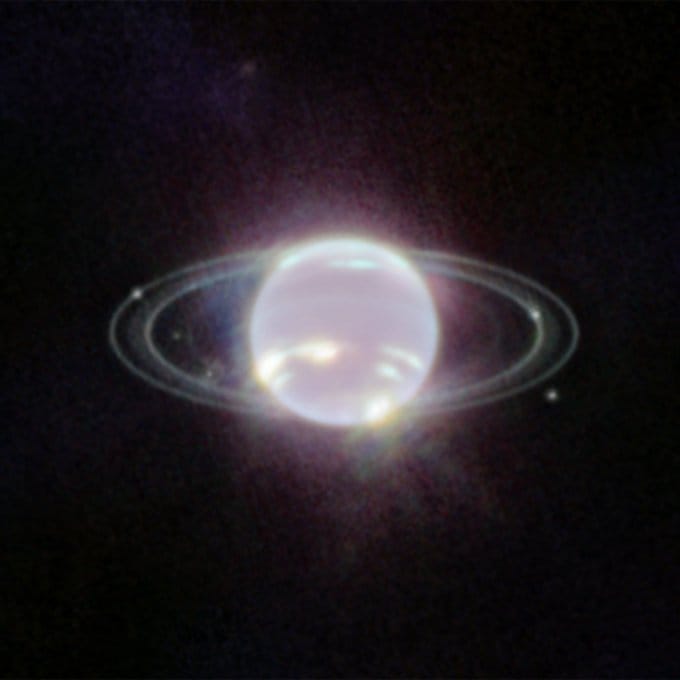
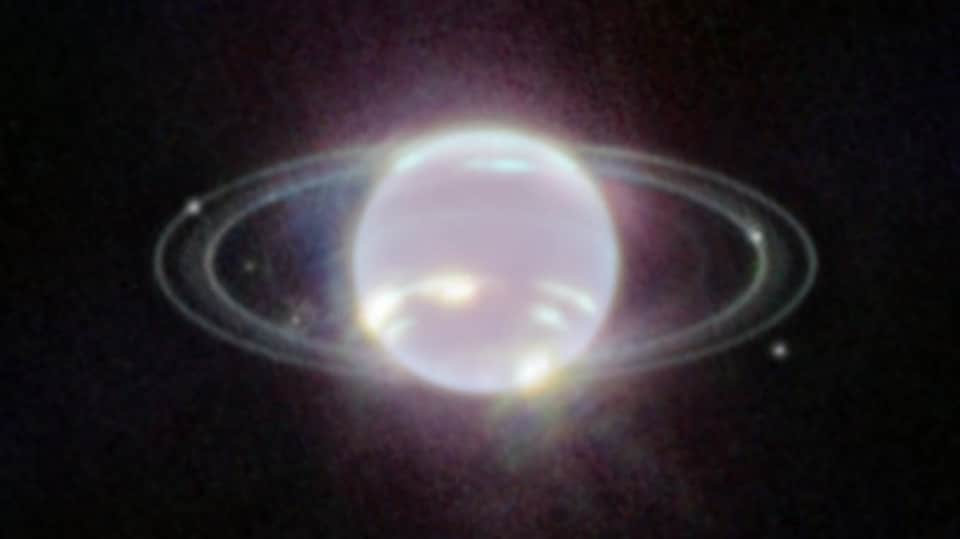
First Published Date: 23 Sep, 00:34 IST
NEXT ARTICLE BEGINS




